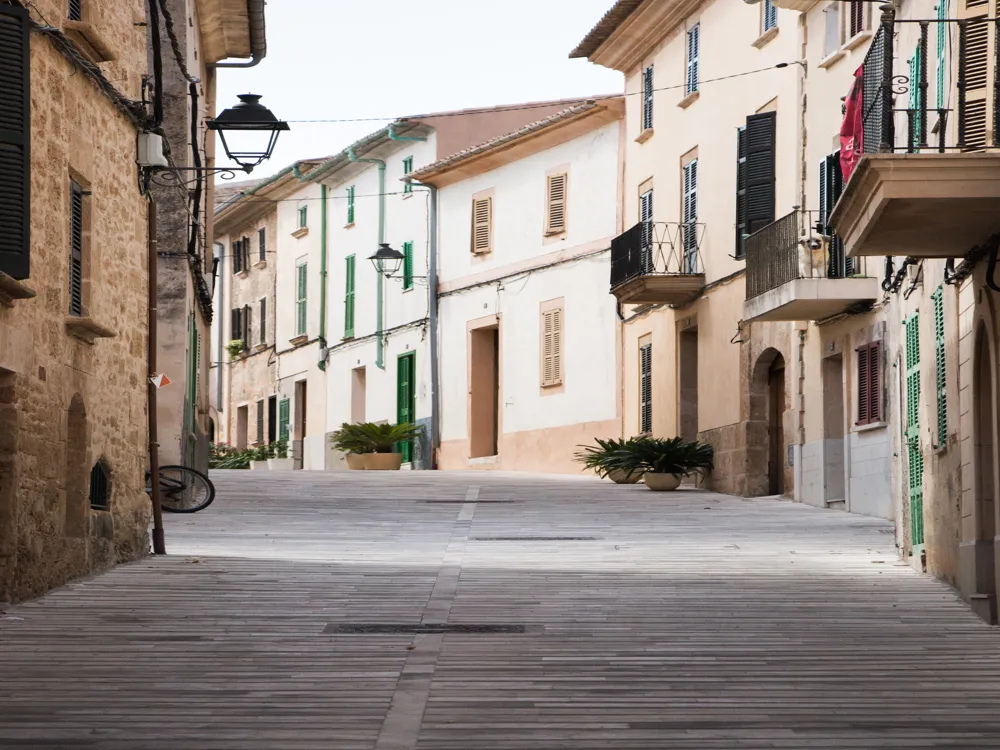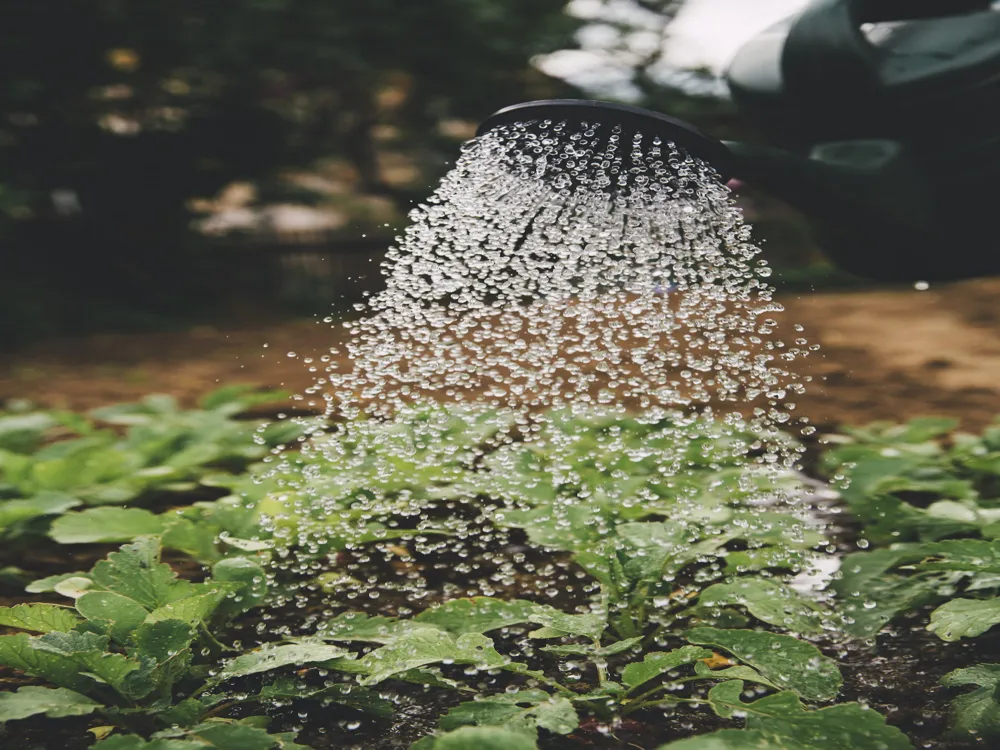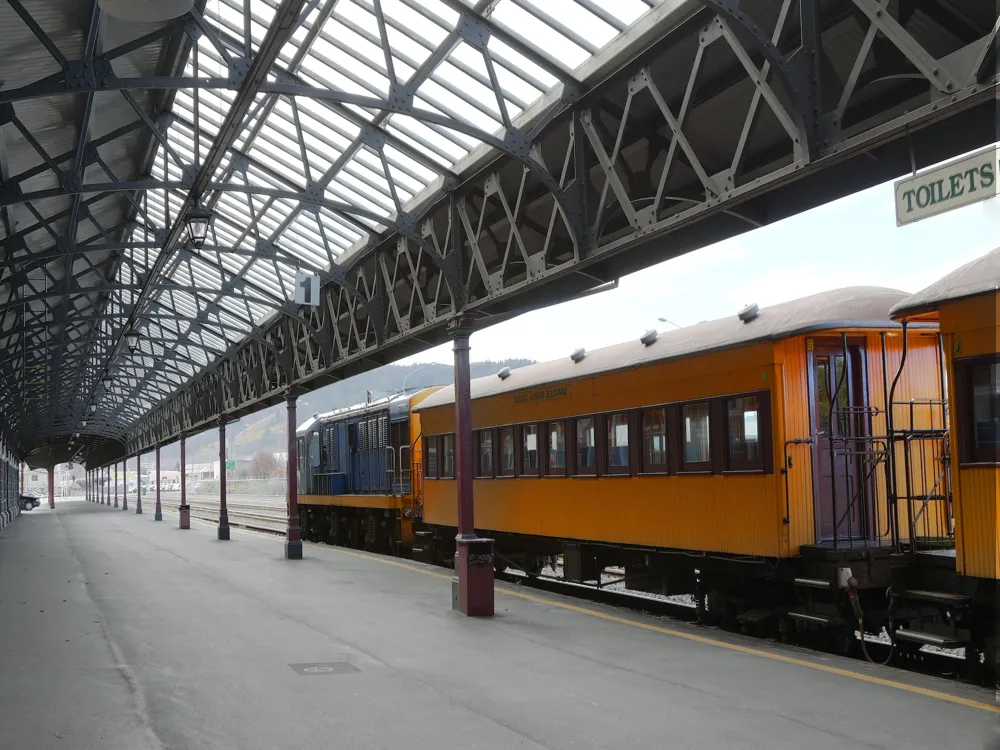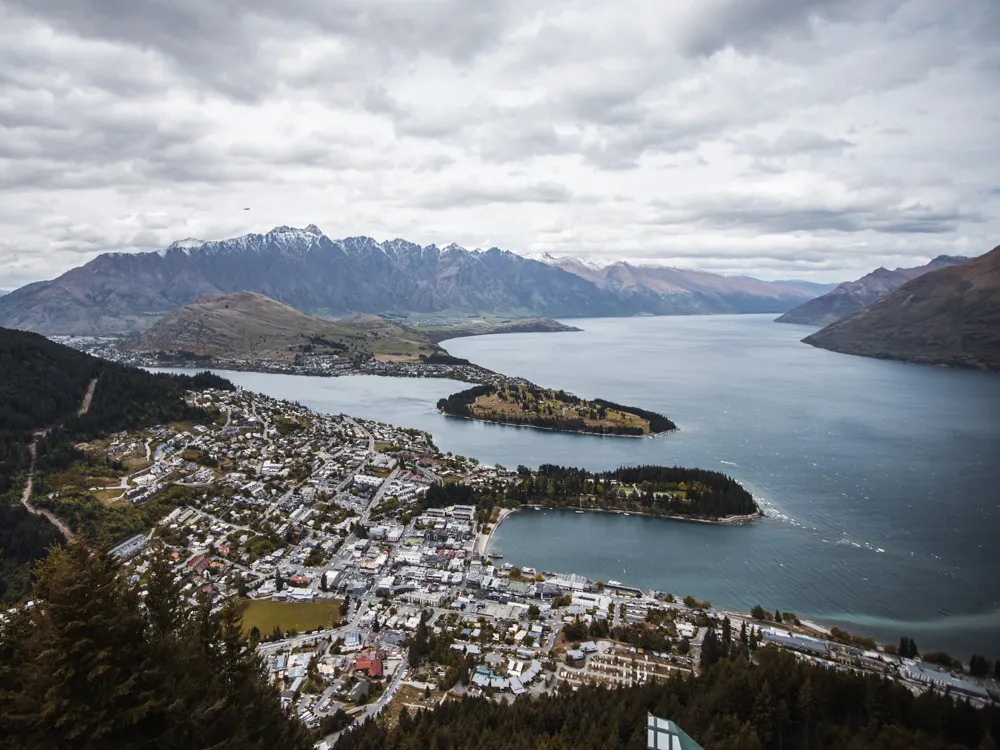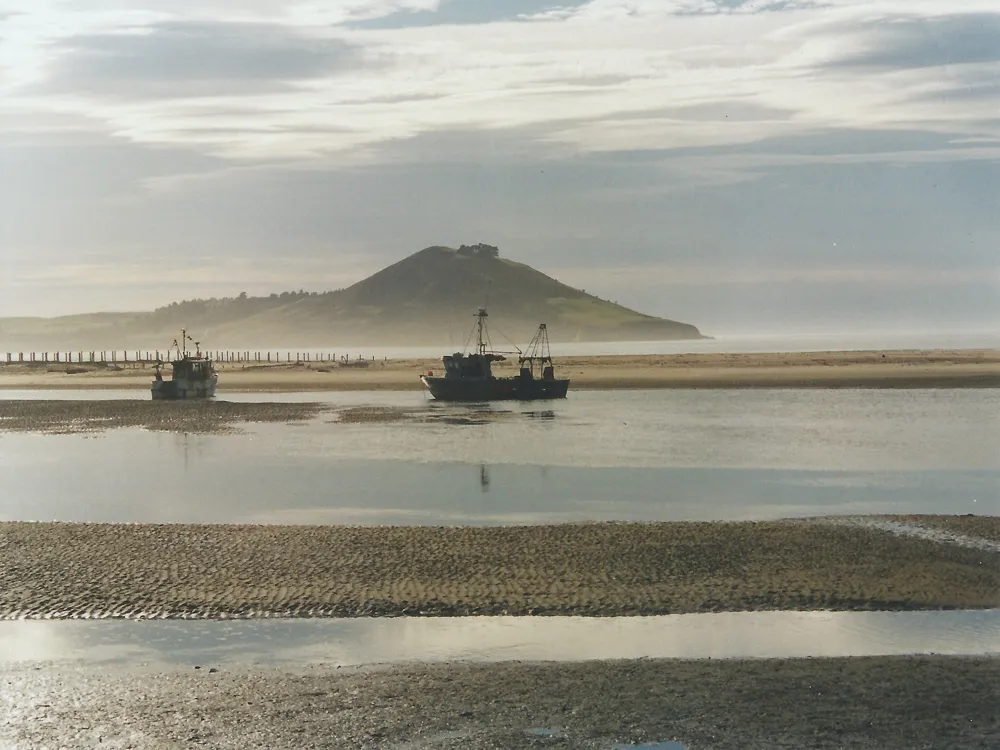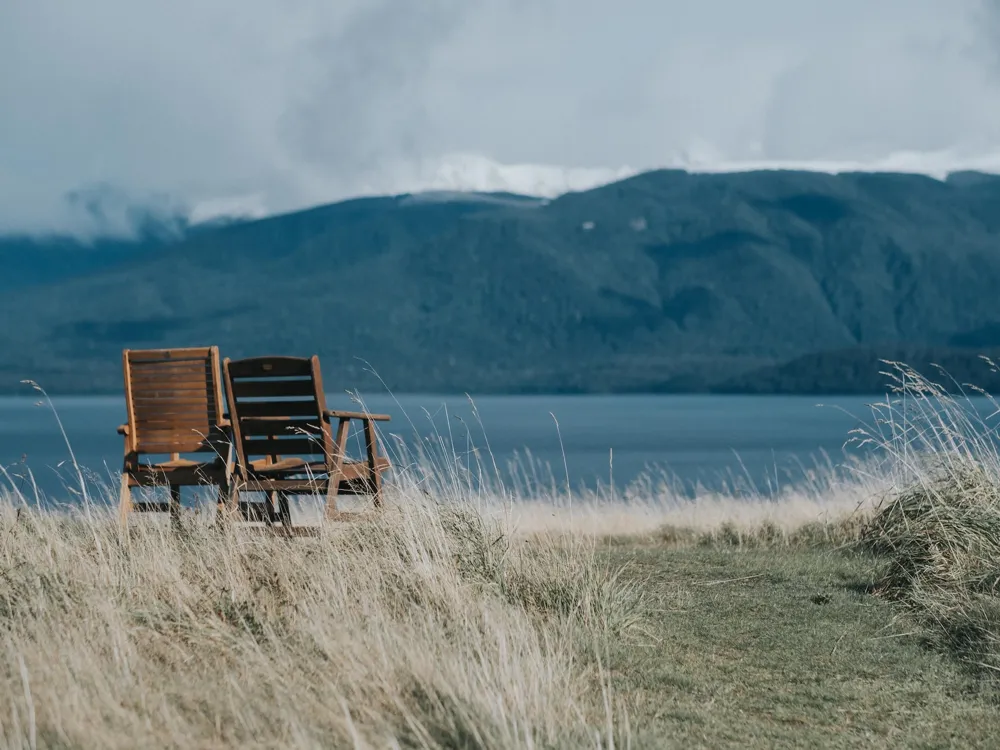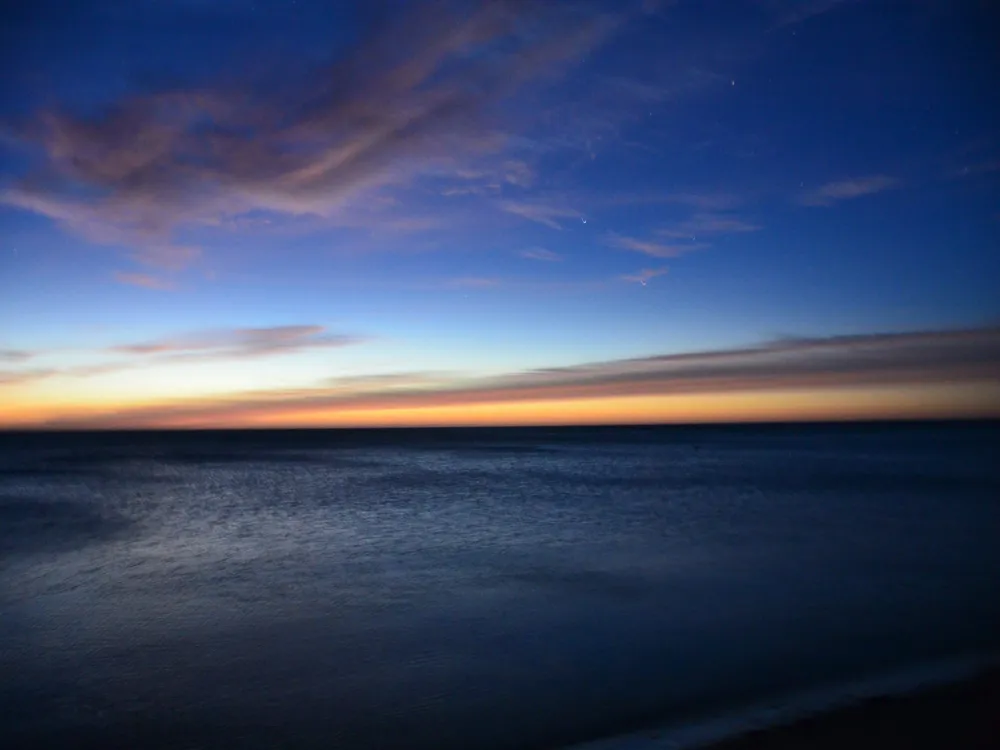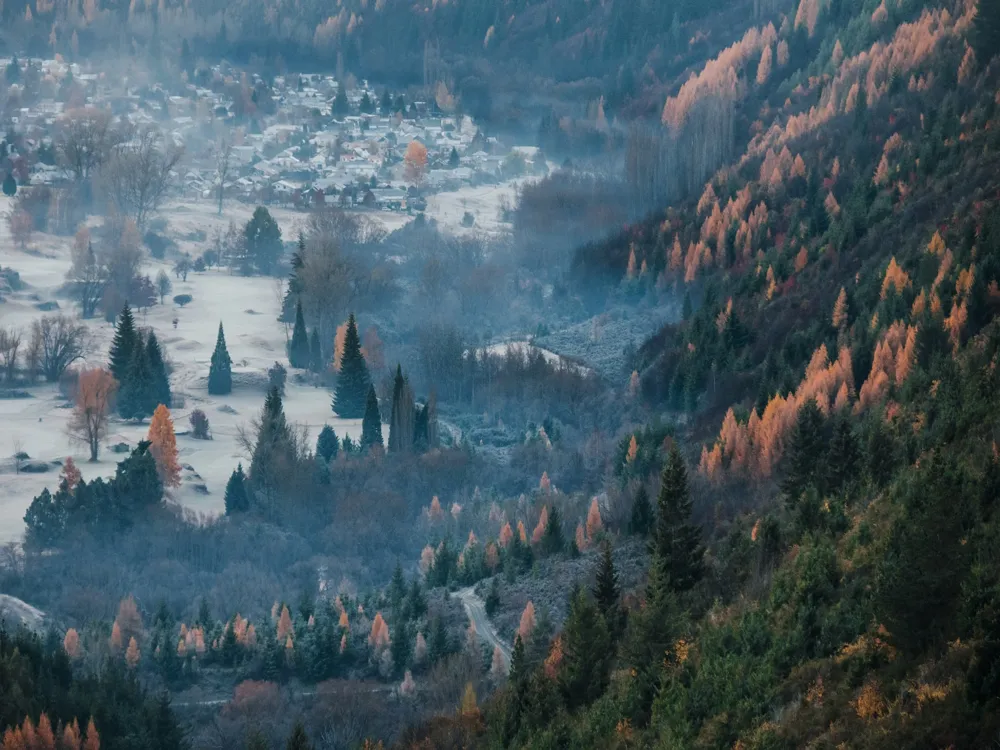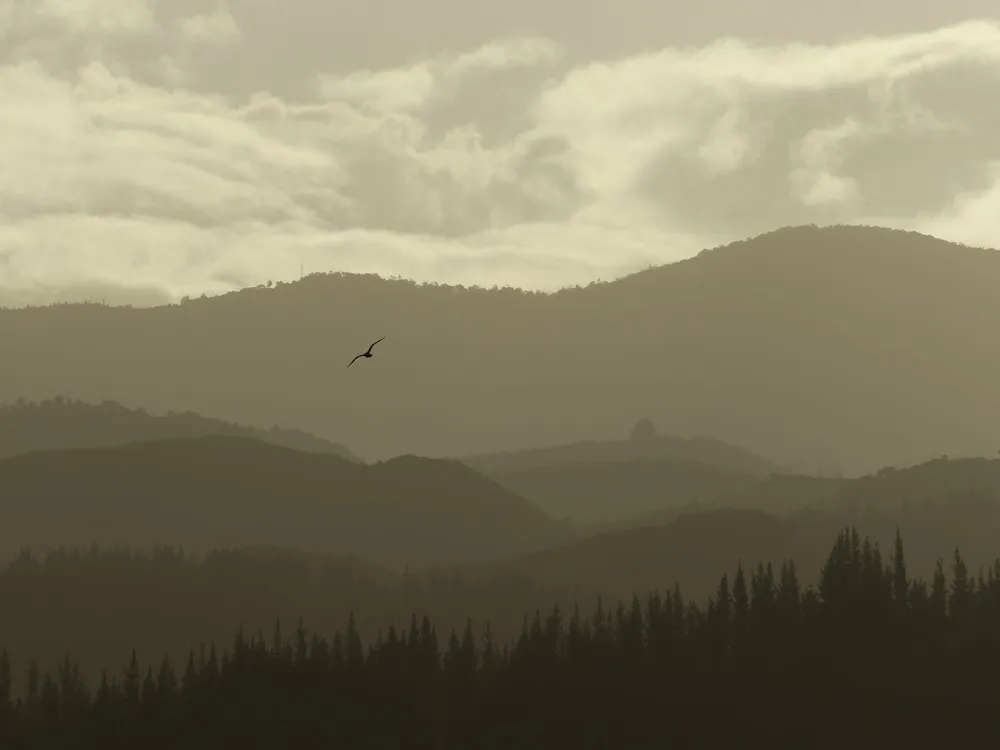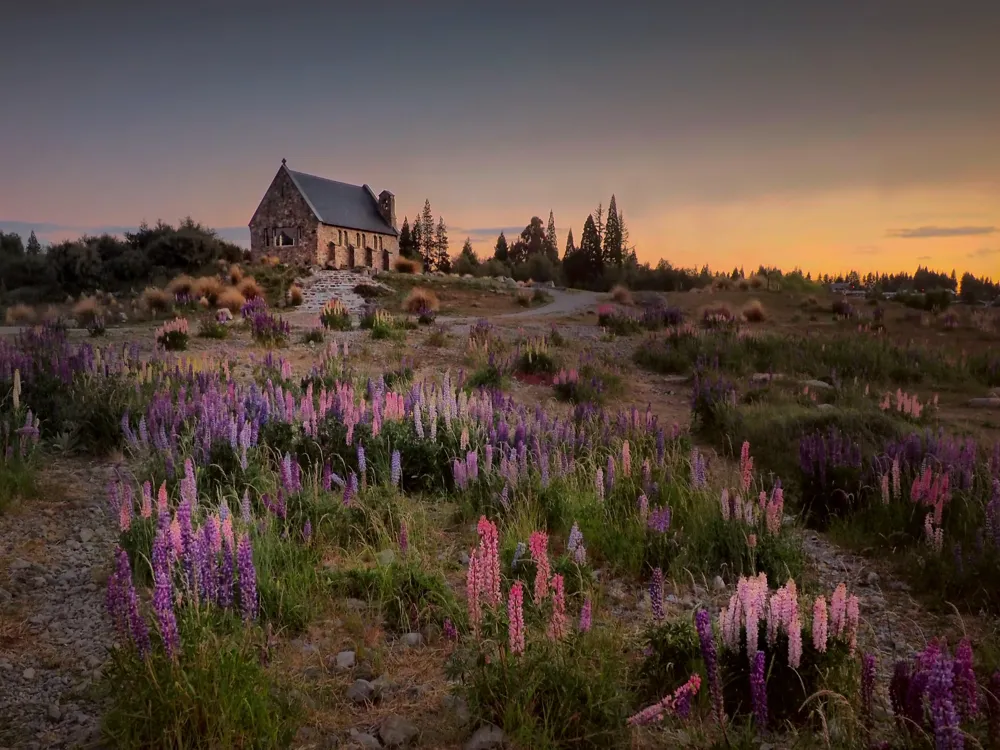The Otago Central Rail Trail, a pioneering gem nestled in the heart of New Zealand’s South Island, offers an unparalleled journey through some of the most breathtaking landscapes in the region. Stretching over 152 kilometers, this trail is steeped in history and is an embodiment of the rich cultural and natural heritage of the area. Once a bustling railway line, it has been masterfully transformed into a trail that caters to cyclists, walkers, and horse riders, attracting visitors from all corners of the globe. The trail's journey begins in Middlemarch, meandering through the rugged Rock and Pillar Range, passing through the serene Strath Taieri Plain and the Poolburn Gorge with its towering viaducts and long, eerie tunnels. It culminates in the quaint town of Clyde, offering a mix of thrill, adventure, and serenity. Along the way, travelers are treated to a tapestry of landscapes, from golden tussock-covered hills and pristine rivers to dramatic rocky outcrops and old-world villages. The trail is not just a path but a journey back in time, showcasing New Zealand's pioneering spirit and the enduring legacy of its rail heritage. Accommodating all levels of fitness and experience, the Otago Central Rail Trail is accessible year-round, providing different hues and experiences in each season. Whether it's the lush greenery of spring, the golden landscapes of autumn, the snow-capped mountains in winter, or the vibrant blossoms of summer, the trail offers a unique beauty that keeps evolving. It's not just a trail but a journey into the heart of New Zealand's soul. The Otago Central Railway, the backbone of the trail, has a rich history dating back to the late 19th century. Conceived as a means to open up the Central Otago region for development, the railway played a crucial role in transporting goods and passengers through the rugged terrain. The construction of the railway was a monumental task, overcoming numerous geographical challenges through innovative engineering solutions. The legacy of the railway is still evident in the trail's architecture, with its restored stations, viaducts, and tunnels, each telling a story of the past. The trail is not just about the journey but also about the communities that line its path. These small towns and settlements, once thriving with the hustle and bustle of the railway era, now play host to trail-goers. They offer a glimpse into the life of the locals, with their quaint cafes, historic inns, and friendly faces. The trail has revitalized these communities, bringing in a new wave of tourism and preserving their unique heritage and culture. The Otago Central Rail Trail passes through some of the most ecologically diverse and significant areas in Otago. Conservation efforts along the trail have helped preserve native flora and fauna, offering an opportunity for visitors to witness New Zealand’s unique biodiversity. The trail also plays a vital role in educating visitors about the importance of environmental conservation and sustainability. The architecture of the Otago Central Rail Trail is a testament to New Zealand's engineering prowess and historical richness. The trail features several architectural marvels, including historic railway stations, majestic viaducts, and long, mystical tunnels, each with its unique story and design. The restored railway stations along the trail, such as those in Ranfurly and Wedderburn, are iconic landmarks. These stations, now converted into museums, cafes, and visitor centers, showcase the architectural styles of the early 20th century and serve as windows into the trail's past. The viaducts and bridges along the trail, like the Poolburn Viaduct and Price’s Creek Viaduct, are engineering feats of their time. Constructed to traverse the challenging terrain, these structures offer awe-inspiring views and are favorite photo spots for visitors. The tunnels, such as the Poolburn and Hyde Tunnels, provide a thrilling experience for trail users. These historic tunnels, carved through solid rock, are a reminder of the challenges faced during the construction of the railway line. Their cool, damp interiors offer a stark contrast to the open landscapes of the trail. The construction of the trail involved innovative engineering techniques to overcome the geographical challenges of Central Otago. The use of local materials, the design of the viaducts, and the construction of the tunnels are examples of the ingenuity and resourcefulness of the engineers of the time. Efforts to preserve and restore the architectural elements of the trail have been ongoing. These initiatives ensure that the trail's history is not lost and that future generations can continue to enjoy and learn from this remarkable journey through New Zealand's heritage. Before embarking on your journey, research the trail's route, check weather forecasts, and plan your accommodations in advance. Consider the distance you wish to cover each day and book your stays accordingly. The trail offers a range of accommodation options, from rustic cottages to luxury lodges. Essential items include comfortable clothing, sturdy footwear, a hat, sunscreen, and plenty of water. If cycling, ensure your bike is in good condition and carry a repair kit. It's also advisable to bring snacks and a first-aid kit. Stay on the marked trail, respect private property, and be mindful of other trail users. Carry a map and a charged cell phone for emergencies. If cycling, wear a helmet and use lights in tunnels. The Otago Central Rail Trail is accessible from several points, with the most common being Middlemarch and Clyde. Visitors can reach these starting points by car, bus, or train from major cities like Dunedin and Queenstown. There are also shuttle services available that cater to trail users, offering transportation for both people and bicycles.Overview of Otago Central Rail Trail
History of the Railway
Community and Culture
Environmental Significance
Architecture of Otago Central Rail Trail
Railway Stations
Viaducts and Bridges
Tunnels
Engineering Techniques
Preservation and Restoration
Tips When Visiting Otago Central Rail Trail
Planning Your Trip
What to Bring
Safety and Etiquette
How To Reach Otago Central Rail Trail
Otago Central Rail Trail
Dunedin
₹ 142,000 onwards
View dunedin Packages
Dunedin Travel Packages
View All Packages For Dunedin
Top Hotel Collections for Dunedin

Private Pool

Luxury Hotels

5-Star Hotels

Pet Friendly
Top Hotels Near Dunedin
Other Top Ranking Places In Dunedin
View All Places To Visit In dunedin
View dunedin Packages
Dunedin Travel Packages
View All Packages For Dunedin
Top Hotel Collections for Dunedin

Private Pool

Luxury Hotels

5-Star Hotels

Pet Friendly







